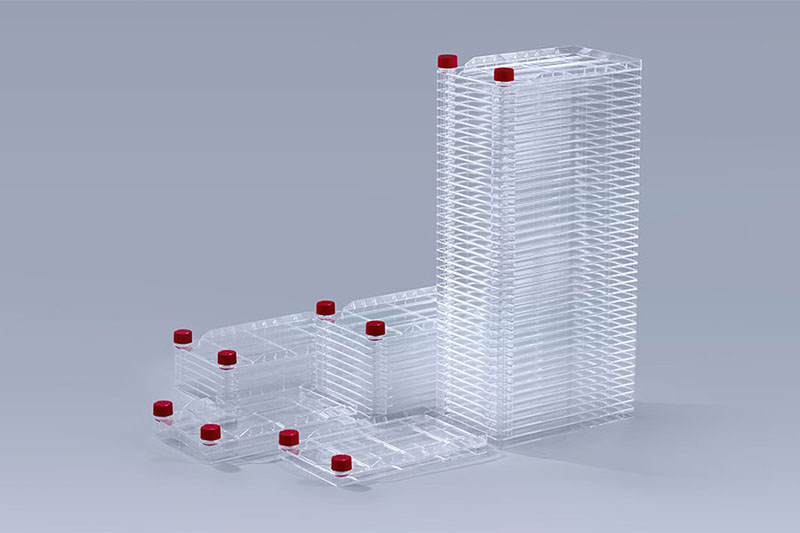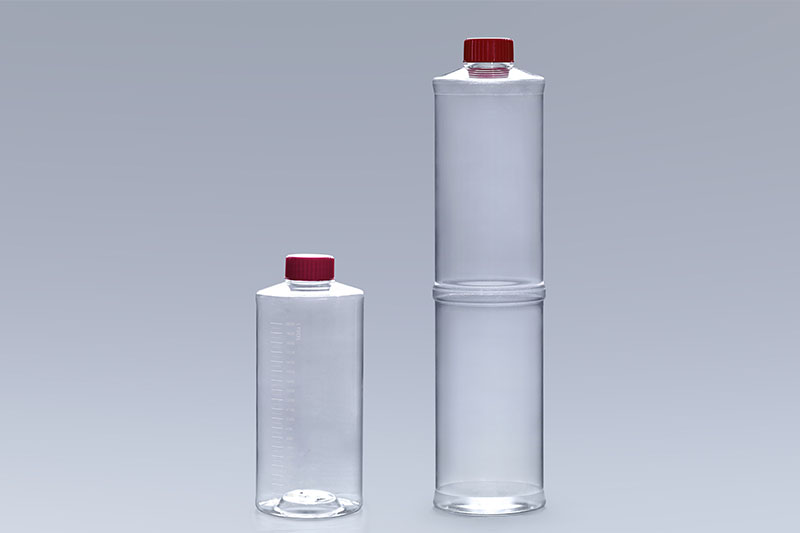Cell culture consumables are necessary items for culturing cells, and play an important role in creating a good growth environment for cells and ensuring their normal reproduction. Cells are sensitive to the environment, especially the requirements for consumables are relatively high, and one of the most important points is the surface TC treatment.
TC treatment is a treatment method, and the cell culture consumables treated with TC can promote cell adherent growth and morphological extension. At present, adherent cell culture is still the mainstream culture method in the market, and most animal cells need to be attached to a solid phase interface to grow. Cells can only attach to a hydrophilic solid phase interface. The earliest cell culture vessels were made of glass. Because the surface of the glass is hydrophilic, the surface can be suitable for cell growth without special treatment. However, most of the cell culture consumables on the market are mainly polymer materials such as PS. The surface of this type of material is hydrophobic, so it must be treated with special TC to be suitable for the growth of adherent cells.
Of course, if you are culturing suspension cells, use cell culture consumables that have not been treated with TC. TC treatment has become an important indicator for research institutions such as scientific research institutions and pharmaceutical companies to select consumables.
The FAI climbed 5.9 percent year-on-year in the first 11 months of 2018, quickening from the 5.7-percent growth in Jan-Oct, the National Bureau of Statistics (NBS) said Friday in an online statement.
The key indicator of investment, dubbed a major growth driver, hit the bottom in August and has since started to rebound steadily.
In the face of emerging economic challenges home and abroad, China has stepped up efforts to stabilize investment, in particular rolling out measures to motivate private investors and channel funds into infrastructure.
Friday's data showed private investment, accounting for more than 60 percent of the total FAI, expanded by a brisk 8.7 percent.
NBS spokesperson Mao Shengyong said funds into weak economic links registered rapid increases as investment in environmental protection and agriculture jumped 42 percent and 12.5 percent respectively, much faster than the average.
In breakdown, investment in high-tech and equipment manufacturing remained vigorous with 16.1-percent and 11.6-percent increases respectively in the first 11 months. Infrastructure investment gained 3.7 percent, staying flat. Investment in property development rose 9.7 percent, also unchanged.
 English
English



















































 Cell Factory Systems
Cell Factory Systems Cell Culture Roller Bottles
Cell Culture Roller Bottles